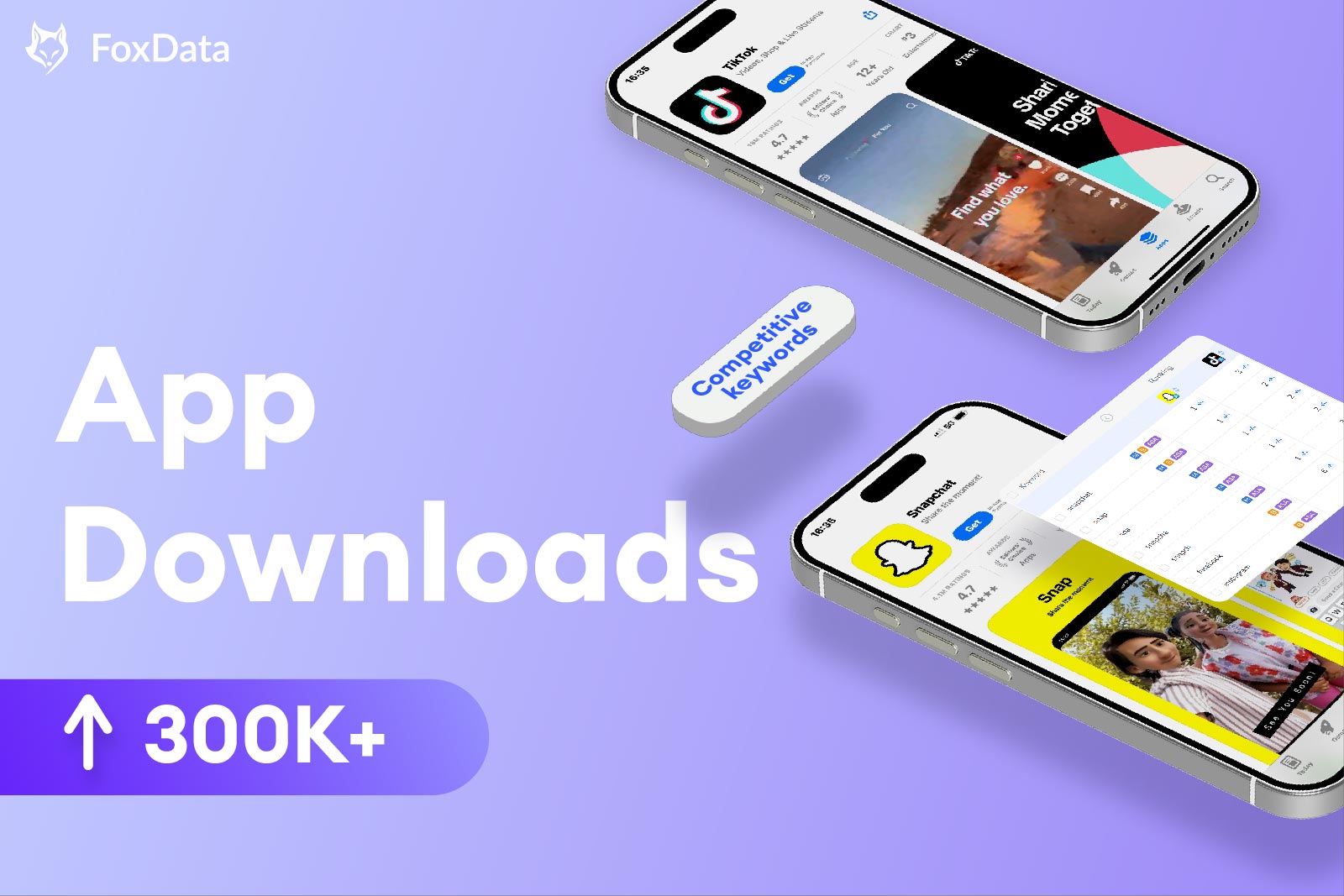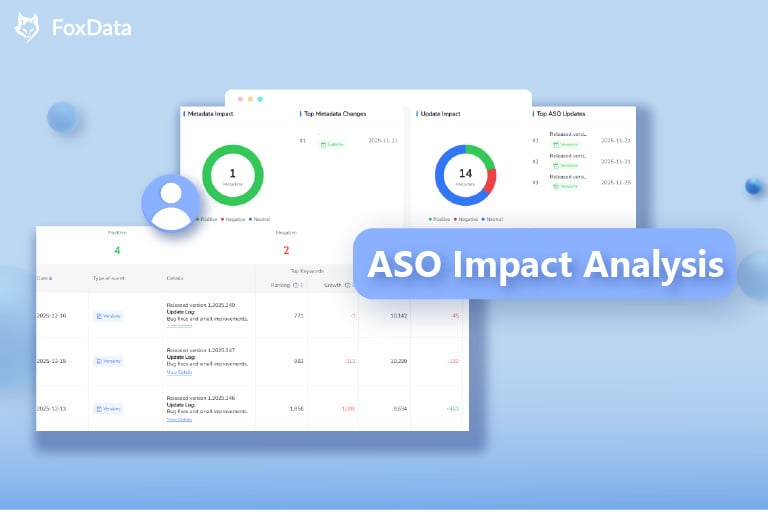Why Is the User Growth of Your Apps So Slow?

Prior to app development, it's crucial to consider the potential user base. Despite the vast market of nearly 7 billion mobile device users, who spend the majority of their mobile time on apps, competition is fierce. With approximately 5.6 million apps available for download, industry research indicates a high failure rate for commercial apps, ranging from 40% to as high as 99%.
What Is User Growth
User growth is a critical indicator of an app's success, measured by the increase in active users over time. An expanding user base suggests that the app meets the needs of its target audience, signaling the potential for long-term success.
Metrics for Measuring User Growth
App owners utilize various analytics tools to track user growth, focusing on metrics such as:
- Daily Active Users (DAU)
- Monthly Active Users (MAU)
- DAU/MAU ratio (indicative of user engagement)
- Engaged users (those who perform desired actions)
- Session counts, screen views, and in-app time
- Retention rate
- Churn rate
What Constitutes a Good User Growth Rate?
While growth rates vary by industry and app maturity, new apps should aim for a weekly growth of 5%–10%, whereas established apps might see a slower rate of 1%–3%.

Why Is the User Growth of Your Apps So Slow?
Several factors can contribute to the stagnation of user growth in applications, and these can be broadly categorized into the following areas:
1. Inadequate Visibility
For an app to be downloaded and utilized, potential users must first be aware of its existence. This visibility is often hindered by insufficient marketing efforts. Problems could arise from inadequate search engine optimization (SEO), low visibility in app stores, or ineffective marketing strategies that fail to reach or resonate with the intended audience.2. Subpar User Experience (UX)
A critical factor in an app's success is the user experience. An app that is difficult to use, prone to crashes, or confusing in its navigation can deter users from continued use and discourage them from recommending it to others. Proper attention to the app's architecture and user interface (UI) design is essential for a positive UX.3. Weak Value Proposition
Users need to perceive the app as valuable and unique. If the app appears too similar to existing solutions or does not address a significant problem, users are unlikely to be compelled to download it or spread the word about it.4. Complicated Onboarding Process
A user's initial interaction with the app should be straightforward and informative. A complex onboarding process can overwhelm new users, leading them to abandon the app before fully understanding its benefits.5. Insufficient User Engagement
To maintain user interest, an app must offer compelling features that encourage regular use. Without elements that engage users, there is little incentive for them to return to the app.6. Inadequate User Retention
Retaining users after their initial few visits is crucial. If an app fails to entice users to return, it may be lacking in engaging features or not addressing a problem that is significant enough for users to continue to engage with the app.7. Ineffective Marketing Tactics
Even with a high-quality app, targeting the wrong audience, using unclear messaging, or choosing inappropriate advertising channels can all lead to disappointing user growth. While marketing alone cannot compensate for a poorly designed app, effective marketing is vital for even the best apps to attract new users.
 Explore 2026 Mobile Game Marketing Strategies
Explore how industry experts break down 2026 mobile game marketing trends, creative strategies, and scalable growth approaches.
Learn More
Explore 2026 Mobile Game Marketing Strategies
Explore how industry experts break down 2026 mobile game marketing trends, creative strategies, and scalable growth approaches.
Learn More
How to Investigate Low User Growth

To diagnose user growth issues, take a three-fold approach:
-
Evaluate the competitive landscape for market shifts or new competitors.
-
Analyze user data for patterns in retention and engagement.
-
Solicit direct feedback from users to understand their reasons for disengagement.
How to Boost User Growth
Improving user growth encompasses a myriad of tactics, from refining the value proposition to redesigning the user interface and enhancing marketing efforts. The crux lies in identifying and addressing the root causes of user disengagement.👉You can find the best user growth strategies for your app on our blog board, just click here.
Partner with FoxData for User Growth Solutions
FoxData specializes in creating high-engagement apps and offers expert services to increase user growth for existing apps. Through comprehensive app audits, user research, optimization, and redesign, FoxData is equipped to elevate your app's performance. Contact us for immediate assistance.
Our sub-brand, FoxAdvert, is a platform dedicated to elevating your digital presence through a suite of targeted advertising services. You can check out more services on FoxAdvert, if you are interested in digital marketing.






